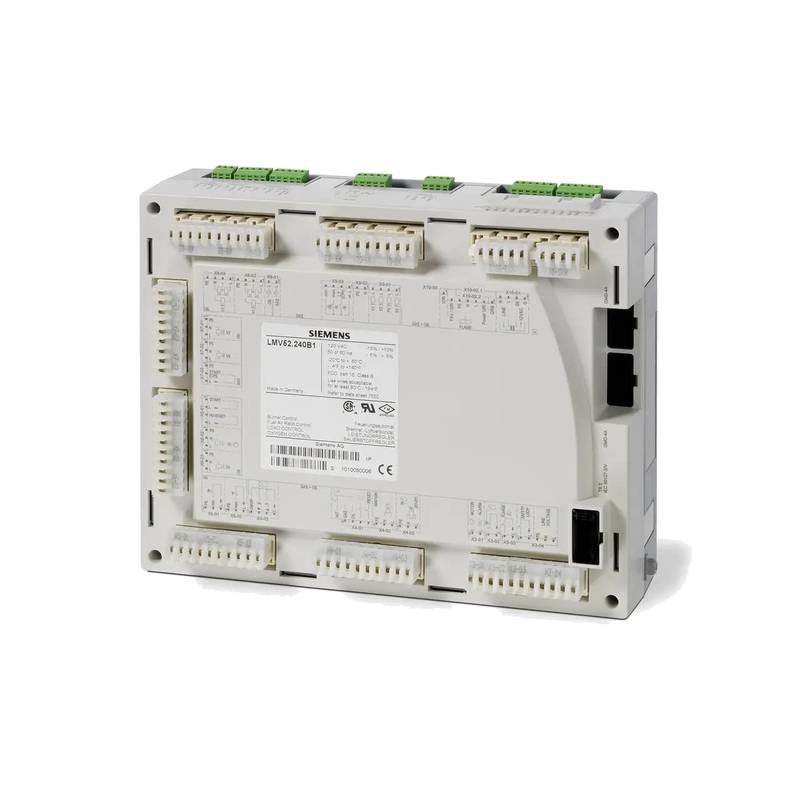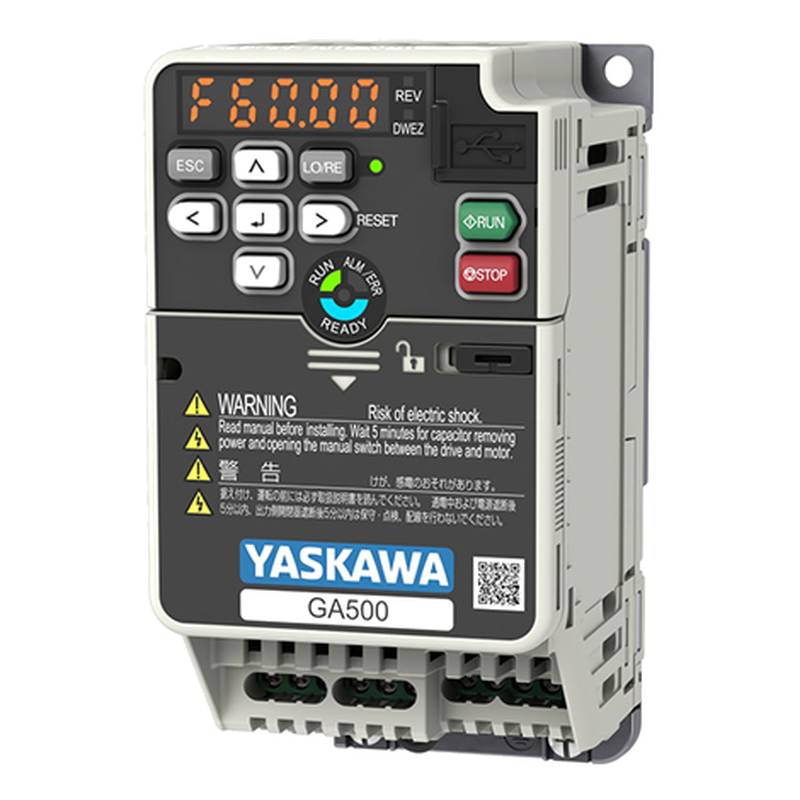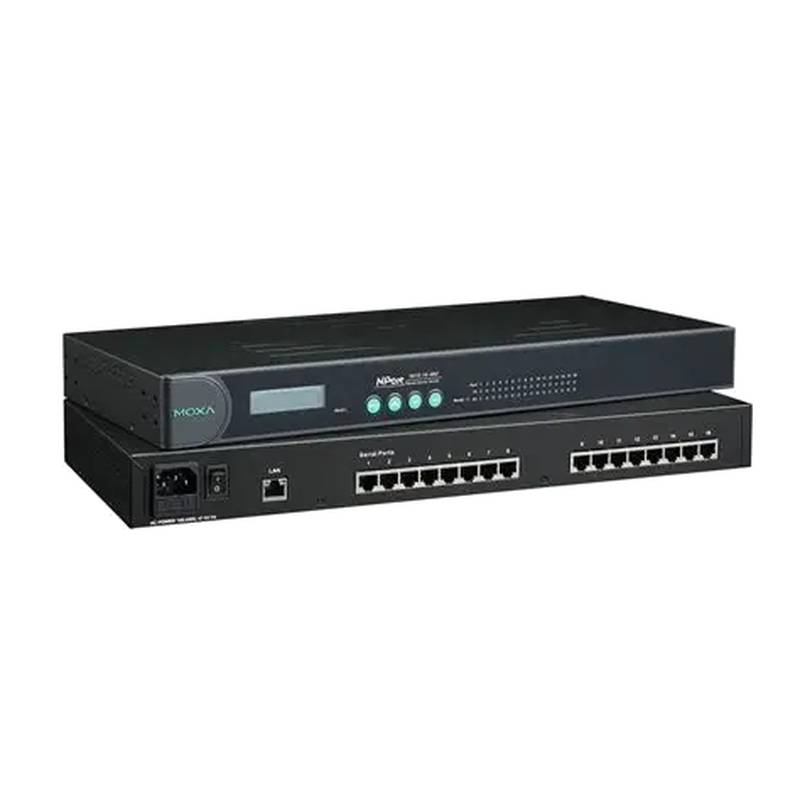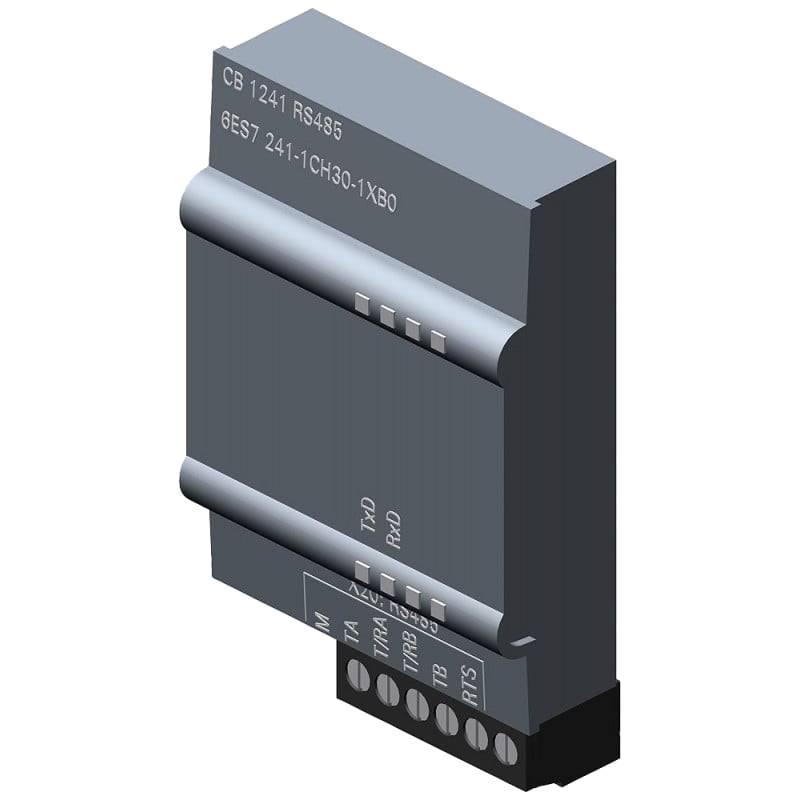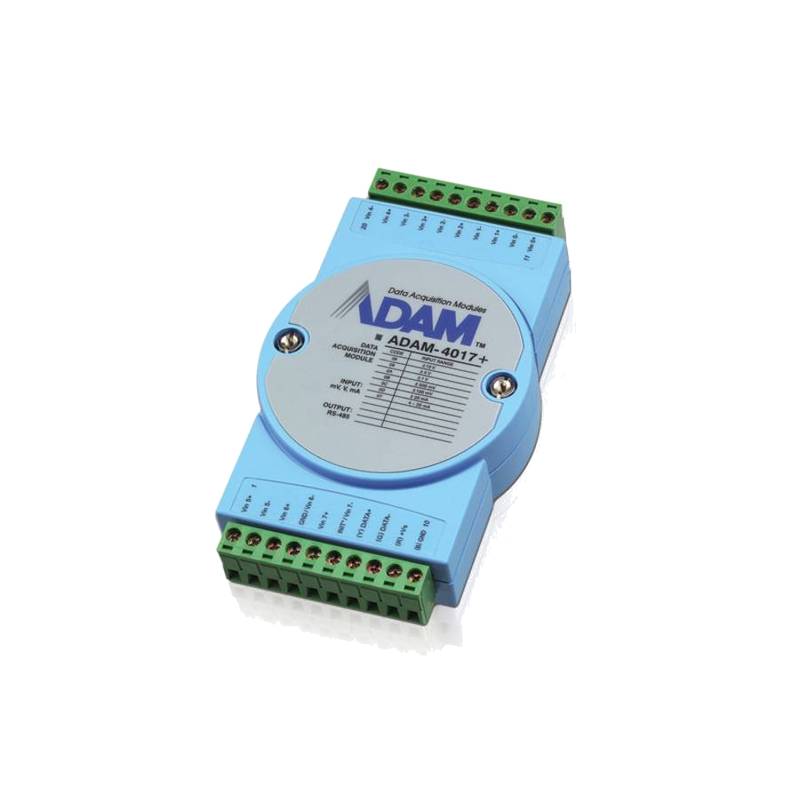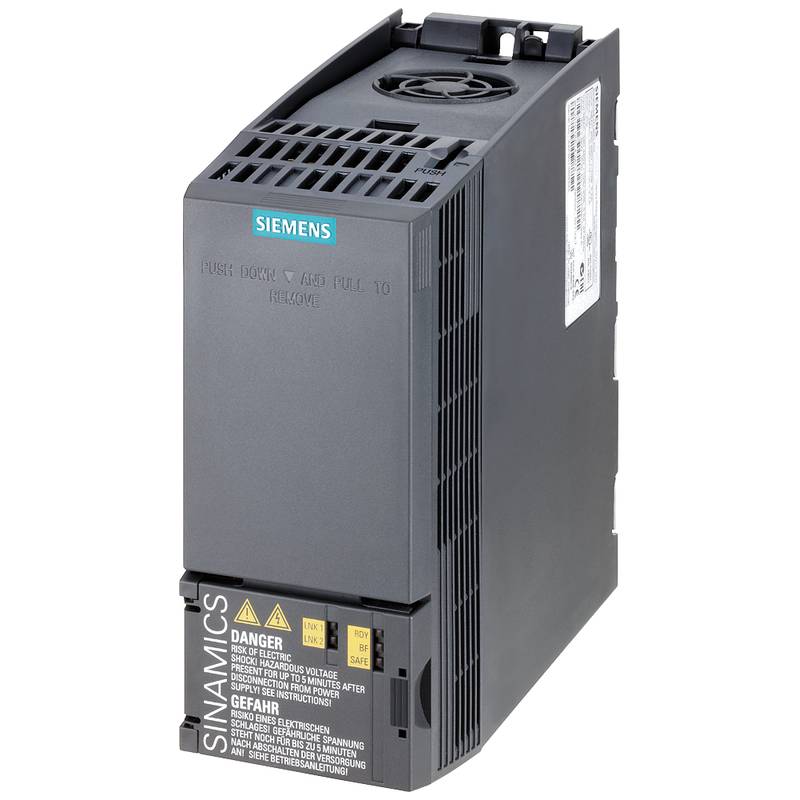
The Delta AS16AM10N-A 16-point Digital Input Output Mixed Module offers robust and versatile control for industrial automation applications. This module boasts 16 digital I/O points, featuring 8 digital inputs and 8 digital outputs, designed for seamless integration into Delta's DVP series PLC systems. Its key advantages include high-speed processing capabilities, compact form factor, and excellent noise immunity, ensuring reliable performance in demanding environments. Technical specifications highlight an input voltage range of 24 VDC, output current capacity of 2A per point, and a fast response time suitable for time-critical operations. The AS16AM10N-A is engineered for efficiency and reliability, making it a cornerstone for modern industrial control solutions.
Product Specifications
| Feature | Specification |
| :---------------------- | :-------------------------------- |
| Module Type | Digital Input/Output Mixed Module |
| Model | AS16AM10N-A |
| Digital Inputs | 8 |
| Digital Outputs | 8 |
| Input Voltage | 24 VDC |
| Output Type | Relay |
| Output Current (Max) | 2A per point |
| Isolation Method | Photo-coupler |
| Power Consumption | 5VDC: 150mA, 24VDC: 160mA |
| Operating Temperature | 0°C to 55°C |
| Dimensions (W x H x D) | 86 x 90 x 35 mm |
Core Features & Market Positioning
The Delta AS16AM10N-A distinguishes itself through its high-density I/O configuration within a compact footprint, a significant advantage for control panels with limited space. Its relay output type offers electrical isolation and the ability to switch higher current loads compared to transistor outputs, simplifying wiring and reducing the need for intermediate relays in many applications. This module's integration with the widely adopted Delta DVP PLC platform ensures compatibility and ease of use for existing Delta users, positioning it as a cost-effective and straightforward expansion option. The robust design and adherence to industrial standards underscore its reliability in harsh manufacturing settings, a critical factor for end-users prioritizing uptime and operational stability.
Key Application Scenarios
The versatility of the AS16AM10N-A makes it suitable for a broad spectrum of industrial automation tasks. In manufacturing, it efficiently handles the control of machinery, such as conveyor belts, robotic arms, and assembly line components, by directly switching AC or DC loads like motors, solenoids, and indicator lights. For building automation, this module can manage lighting systems, HVAC components, and access control mechanisms, providing reliable on/off switching for various devices. In process control, it is instrumental in monitoring and actuating pumps, valves, and alarms, ensuring precise operational sequences and responsive system feedback, thereby contributing to enhanced efficiency and safety in diverse industrial environments.
Practical System Integration Guidance
Integrating the Delta AS16AM10N-A into a DVP PLC system is a streamlined process. The module connects directly to the PLC's expansion bus, typically requiring a simple ribbon cable connection. Wiring the digital inputs involves connecting 24 VDC power to the common terminal and the signal source to the individual input terminals (e.g., I1, I2). For the relay outputs, connect the load between the common terminal of the output bank and the respective output contact (e.g., Y1). It is crucial to ensure that the total current drawn by the outputs does not exceed the PLC's power supply capacity and that individual output currents remain within the 2A limit per point. Programming involves configuring the input and output addresses within the DVP programming software (e.g., WPLSoft) to map physical I/O to control logic.
Operation and Risk Mitigation
Safe operation of the AS16AM10N-A hinges on adhering to specified voltage and current ratings. Overloading the relay outputs beyond the 2A maximum can lead to premature failure or damage. Proper grounding of the system is essential to prevent electrical noise interference and ensure personnel safety. When troubleshooting, common issues may involve incorrect wiring, faulty external devices, or program logic errors. Verify all connections meticulously and confirm the status of connected sensors and actuators. While the module itself has robust protection, it's prudent to implement surge suppression on inductive loads to prevent back EMF from damaging the relay contacts. Always consult the official Delta DVP User Manual for detailed error code interpretation and advanced diagnostic procedures.
Scalability & Long-Term Value
The AS16AM10N-A offers significant scalability by seamlessly integrating with other modules in the Delta DVP series, allowing for system expansion as automation needs evolve. Its compatibility with various DVP PLC models ensures that existing infrastructure investments are protected, providing a clear upgrade path without requiring a complete system overhaul. For users looking to embrace Industry 4.0 concepts, the DVP platform, with modules like the AS16AM10N-A, can be readily integrated into supervisory control and data acquisition (SCADA) systems or cloud-based IIoT platforms through appropriate communication modules and protocols. This forward-compatibility ensures long-term value and adaptability to future technological advancements in industrial automation.
Frequently Asked Questions
What are the primary benefits of using the Delta AS16AM10N-A?
This module offers a high density of digital I/O points in a compact design. It provides versatile relay outputs suitable for various load types. Its integration with the Delta DVP PLC series ensures seamless compatibility.
The combination of 8 digital inputs and 8 digital outputs makes it a flexible solution for many automation tasks. It reduces the need for external wiring and components due to its mixed I/O configuration. Reliability in industrial environments is a key design consideration for this module.
Its ability to handle 2A per output point is a significant advantage for controlling moderate power devices directly. The photo-coupler isolation enhances system stability and protects the PLC. It represents a cost-effective expansion for existing Delta PLC systems.
How do I wire the digital inputs and outputs on the AS16AM10N-A?
Connect the 24 VDC power supply to the designated common terminal for the inputs. Each digital input signal (from sensors, switches) connects to its individual input terminal (e.g., I1, I2). Ensure correct polarity.
For the relay outputs, each output bank has a common terminal. Connect your load between this common terminal and the appropriate output contact (e.g., Y1, Y2). This allows the PLC to switch the load on or off.
Always refer to the wiring diagram in the Delta DVP User Manual for precise terminal assignments and recommended wiring practices. Verify that the total current load does not exceed module or PLC power supply limits.
What is the maximum current rating for each output on the AS16AM10N-A?
Each individual relay output point on the AS16AM10N-A module is rated for a maximum current of 2 Amperes. This allows for the direct control of various devices such as small motors, solenoids, contactors, and indicator lights. It is crucial not to exceed this 2A limit per output to prevent damage to the module.
When designing your system, calculate the total current draw of all simultaneously activated outputs. This total current, combined with the power requirements of the digital inputs and the PLC itself, must be within the capacity of your power supply. The module's specifications clearly define this per-point limit.
Exceeding the 2A rating can lead to overheating of the relay contacts, reduced lifespan, or immediate failure of the output channel. For loads exceeding 2A, an external interposing relay or contactor controlled by the AS16AM10N-A is recommended.
Can the AS16AM10N-A be used with PLCs other than Delta DVP series?
While primarily designed for Delta DVP series PLCs, the AS16AM10N-A may be compatible with other PLCs that support similar input voltage and communication protocols. However, this requires careful verification of the communication interface and signal levels. Direct integration is typically plug-and-play only within the Delta ecosystem.
Using it with non-Delta PLCs would likely necessitate custom wiring and programming, potentially requiring intermediate interfaces or signal conversion. This approach can introduce complexity and may void warranties. It is generally not recommended unless specific technical expertise and thorough testing are performed.
For guaranteed performance and ease of integration, it is best to use the AS16AM10N-A with its intended Delta DVP PLC platform. This ensures that the module functions as specified and benefits from Delta's technical support and documentation.
What is the operating temperature range for this module?
The Delta AS16AM10N-A digital mixed module is designed to operate reliably within an ambient temperature range of 0°C to 55°C (32°F to 131°F). This specification is critical for ensuring stable performance and longevity in various industrial environments. Operating outside this range can lead to malfunctions or permanent damage.
It is important to consider the heat generated by the module itself and other components within the control panel. Ensure adequate ventilation and cooling within the enclosure to maintain the ambient temperature within the specified limits, especially in high-density installations or hot climates.
Always consult the product's datasheet for the most up-to-date environmental specifications. Proper environmental control is a key factor in preventing premature failure and ensuring the consistent operation of industrial automation equipment.
What type of output is provided by the AS16AM10N-A?
The AS16AM10N-A features relay outputs. These are electro-mechanical switches that use an electromagnet to operate a switch. This type of output provides electrical isolation between the PLC and the controlled device.
Relay outputs are versatile as they can switch both AC and DC loads. They are suitable for loads that require higher current capacities than typically handled by transistor outputs. They also offer good contact ratings for switching various types of devices.
Each relay output on this module has a maximum switching current of 2A. This makes it suitable for controlling a wide range of actuators, lights, and small motors directly, often simplifying wiring by eliminating the need for intermediate relays in many applications.
How many digital input and output points does the AS16AM10N-A have?
The AS16AM10N-A module is equipped with a total of 16 digital I/O points. Specifically, it comprises 8 digital inputs and 8 digital outputs. This balanced configuration offers flexibility for numerous control applications.
The 8 digital inputs are used for receiving signals from external devices such as sensors, pushbuttons, and limit switches, allowing the PLC to monitor the status of the process. The 8 digital outputs are utilized to control external actuators like solenoids, relays, indicator lamps, and small motors.
This mixed I/O design consolidates both input and output functions into a single module, which can save space in control cabinets and simplify wiring compared to using separate input and output modules.
What is the input voltage required for the digital inputs of the AS16AM10N-A?
The digital inputs of the Delta AS16AM10N-A module operate using a 24 VDC power supply. This is a standard voltage level commonly used in industrial automation systems worldwide. Correct connection to the 24 VDC source is crucial for the inputs to function properly.
When wiring, ensure that the positive (+) terminal of the 24 VDC supply is connected to the common terminal for the input side of the module, and the negative (-) terminal is connected to the ground or common return. Individual input signals from sensors or switches are then connected to their respective input terminals (I1-I8).
Accurate voltage supply is essential for reliable signal detection. Using an unstable or incorrect voltage can lead to erratic input behavior or prevent the input from being recognized by the PLC, impacting the overall control system's performance.
How does the AS16AM10N-A integrate with Delta DVP series PLCs?
The AS16AM10N-A is designed as an expansion module for Delta's DVP series Programmable Logic Controllers. It typically connects to the PLC's main processing unit via a dedicated expansion port, often using a ribbon cable. This connection allows for high-speed data exchange between the PLC and the I/O module.
Once physically connected, the module's I/O points are assigned specific addresses within the PLC's memory map. These addresses are then used in the PLC program (developed using software like WPLSoft) to read input statuses and control the output states, effectively extending the PLC's control capabilities.
This integration offers a plug-and-play experience for users already invested in the Delta DVP ecosystem, simplifying system design, reducing wiring complexity, and ensuring seamless communication and operation with minimal configuration effort.
What are the dimensions of the AS16AM10N-A module?
The Delta AS16AM10N-A module has compact physical dimensions of 86 mm in width, 90 mm in height, and 35 mm in depth. These dimensions are designed to fit standard industrial mounting rails and occupy minimal space within control panels.
This compact form factor is particularly advantageous in applications where cabinet space is limited. It allows for higher density of control components, enabling more functionality to be packed into smaller enclosures, which can lead to cost savings on panel size and overall system footprint.
When planning your control panel layout, these dimensions are essential for ensuring proper mounting, adequate spacing between modules for heat dissipation, and accessibility for wiring and maintenance.


















